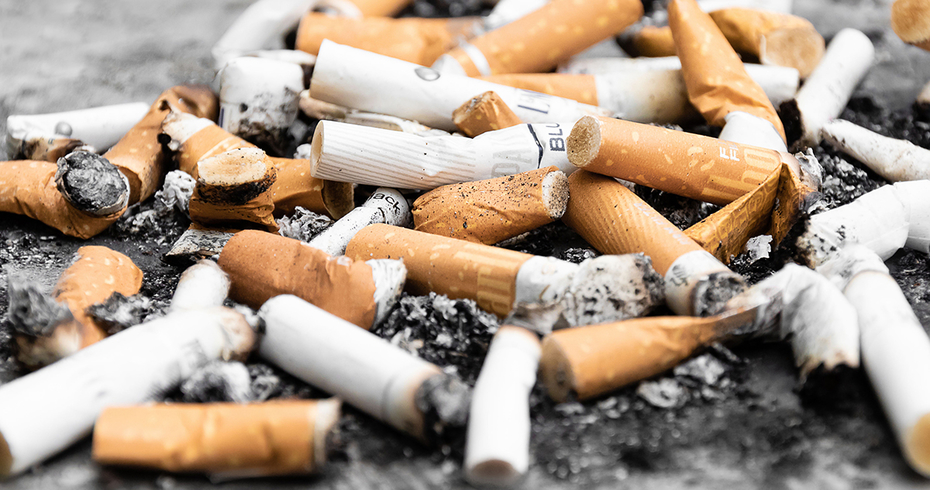Tobacco use, particularly smoking, remains one of the leading causes of preventable disease and death worldwide. Despite widespread awareness of its dangers, millions of people continue to use tobacco products. Understanding the harmful effects of excessive tobacco use can motivate individuals to quit and prevent others from starting.
The Chemicals in Tobacco
Tobacco smoke contains over 7,000 chemicals, many of which are toxic and at least 70 are known to cause cancer. Key harmful substances include:
Nicotine: An addictive substance that can lead to dependence.
Tar: Contains many cancer-causing substances.
Carbon Monoxide: A poisonous gas that reduces the amount of oxygen carried by the blood.
Formaldehyde: Used to embalm dead bodies, it’s also a known carcinogen.
Ammonia: Commonly used in cleaning products.
Impact on the Respiratory System
The respiratory system bears the brunt of the damage from smoking. The inhalation of harmful chemicals irritates and damages the airways and lungs, leading to several severe conditions:
Chronic Obstructive Pulmonary Disease (COPD): This includes chronic bronchitis and emphysema, which cause long-term breathing problems.
Lung Cancer: Smoking is the leading cause of lung cancer, responsible for approximately 85% of cases.
Asthma: Smoking can exacerbate asthma symptoms and trigger attacks.
Cardiovascular Damage
Smoking greatly increases the risk of heart disease and stroke. Key cardiovascular effects include:
Atherosclerosis: The build-up of fatty substances in the arteries, leading to reduced blood flow and increased risk of heart attack and stroke.
High Blood Pressure: Smoking causes an immediate increase in blood pressure and heart rate, contributing to long-term hypertension.
Blood Clots: Smoking promotes clot formation, which can block blood flow to the heart, brain, or legs.
Cancer Risk
Beyond lung cancer, smoking and tobacco use are linked to several other types of cancer:
Mouth and Throat Cancer: Tobacco use is a significant risk factor for cancers of the oral cavity, pharynx, and larynx.
Esophageal Cancer: Smoking contributes to the development of esophageal cancer.
Bladder Cancer: Chemicals in tobacco smoke are absorbed into the bloodstream and filtered by the kidneys, leading to a higher risk of bladder cancer.
Pancreatic Cancer: Smoking increases the risk of this highly lethal cancer.
Effects on Reproductive Health
Tobacco use negatively impacts reproductive health in both men and women:
Men: Smoking can cause erectile dysfunction due to impaired blood flow and reduced sperm quality.
Women: Smoking during pregnancy increases the risk of preterm birth, low birth weight, and stillbirth. It can also lead to complications such as ectopic pregnancy and reduced fertility.

Secondhand Smoke
The dangers of tobacco extend beyond the user. Secondhand smoke, the combination of smoke from the burning end of a cigarette and the smoke exhaled by smokers, poses serious health risks to non-smokers, particularly children and pregnant women:
Children: Exposure to secondhand smoke increases the risk of sudden infant death syndrome (SIDS), respiratory infections, ear infections, and severe asthma.
Pregnant Women: Secondhand smoke exposure can lead to preterm birth, low birth weight, and developmental issues in infants.
Mental Health Implications
While many believe smoking helps with stress relief, the reality is that nicotine addiction can exacerbate mental health issues:
Stress and Anxiety: The temporary relief from nicotine cravings can create a cycle of dependency that worsens stress and anxiety over time.
Depression: Smokers are more likely to experience depression, and smoking can interfere with the effectiveness of mental health treatments.
Economic Costs
The economic impact of smoking is staggering. The costs are borne not only by the individual smoker but also by society as a whole:
Healthcare Costs: Smoking-related illnesses lead to billions of dollars in healthcare expenses each year.
Lost Productivity: Illness and premature death due to smoking result in significant productivity losses.
Insurance Premiums: Smokers often face higher health and life insurance premiums due to their increased health risks.
Quitting Tobacco
The benefits of quitting tobacco are immediate and long-lasting:
Within 20 minutes: Blood pressure and heart rate drop.
Within 12 hours: Carbon monoxide levels in the blood return to normal.
Within a few weeks: Circulation improves and lung function increases.
Within a year: The risk of heart disease is cut in half.
Within 5-15 years: The risk of stroke is reduced to that of a non-smoker.
Within 10 years: The risk of lung cancer drops significantly.
The harmful effects of using too much tobacco are extensive, impacting nearly every organ in the body. By understanding these dangers, individuals can make informed decisions about their health. Quitting smoking and avoiding tobacco use are among the most beneficial steps one can take to improve overall health and well-being. Support is available through various resources, including counseling, medication, and community programs, making it possible for anyone to quit tobacco for good.


















